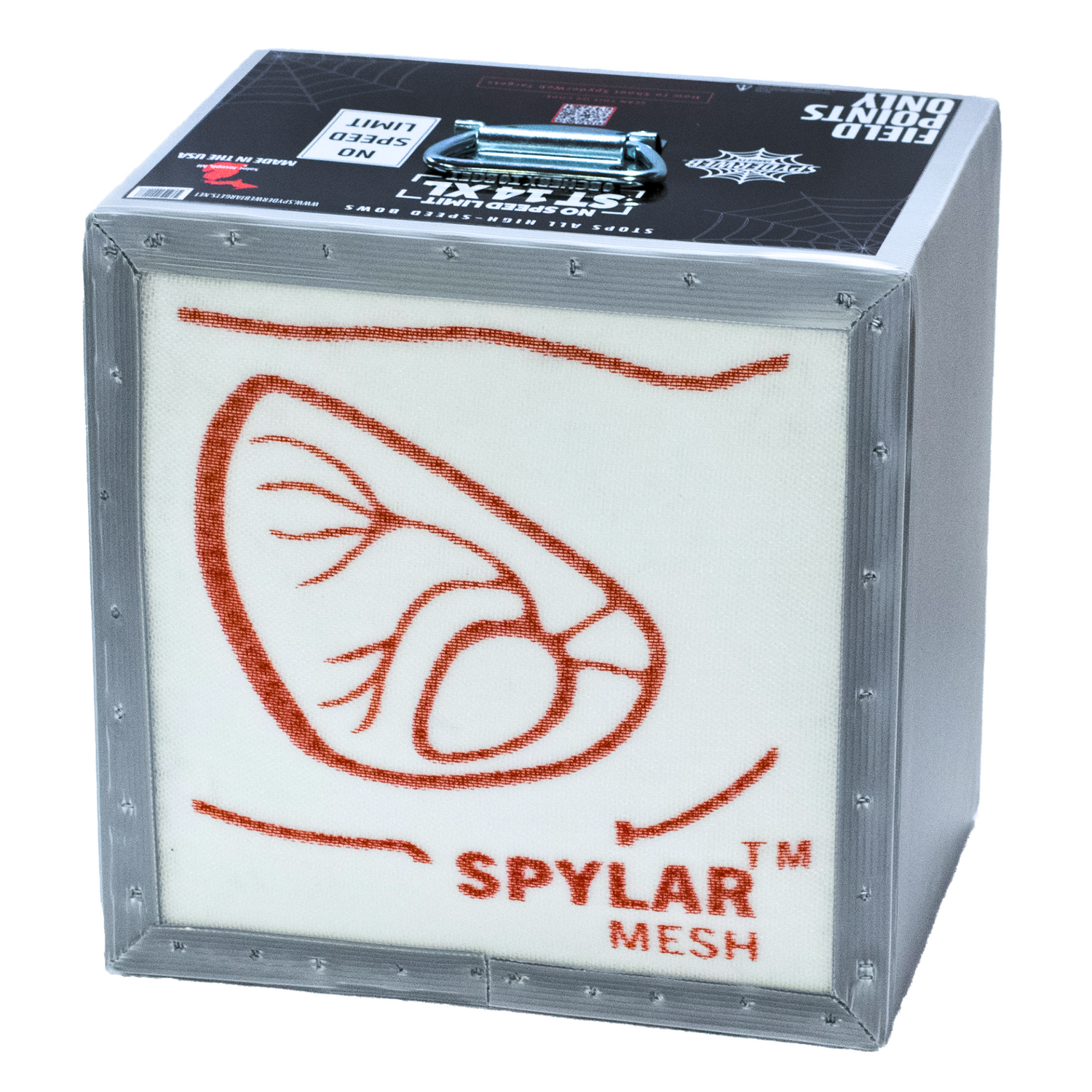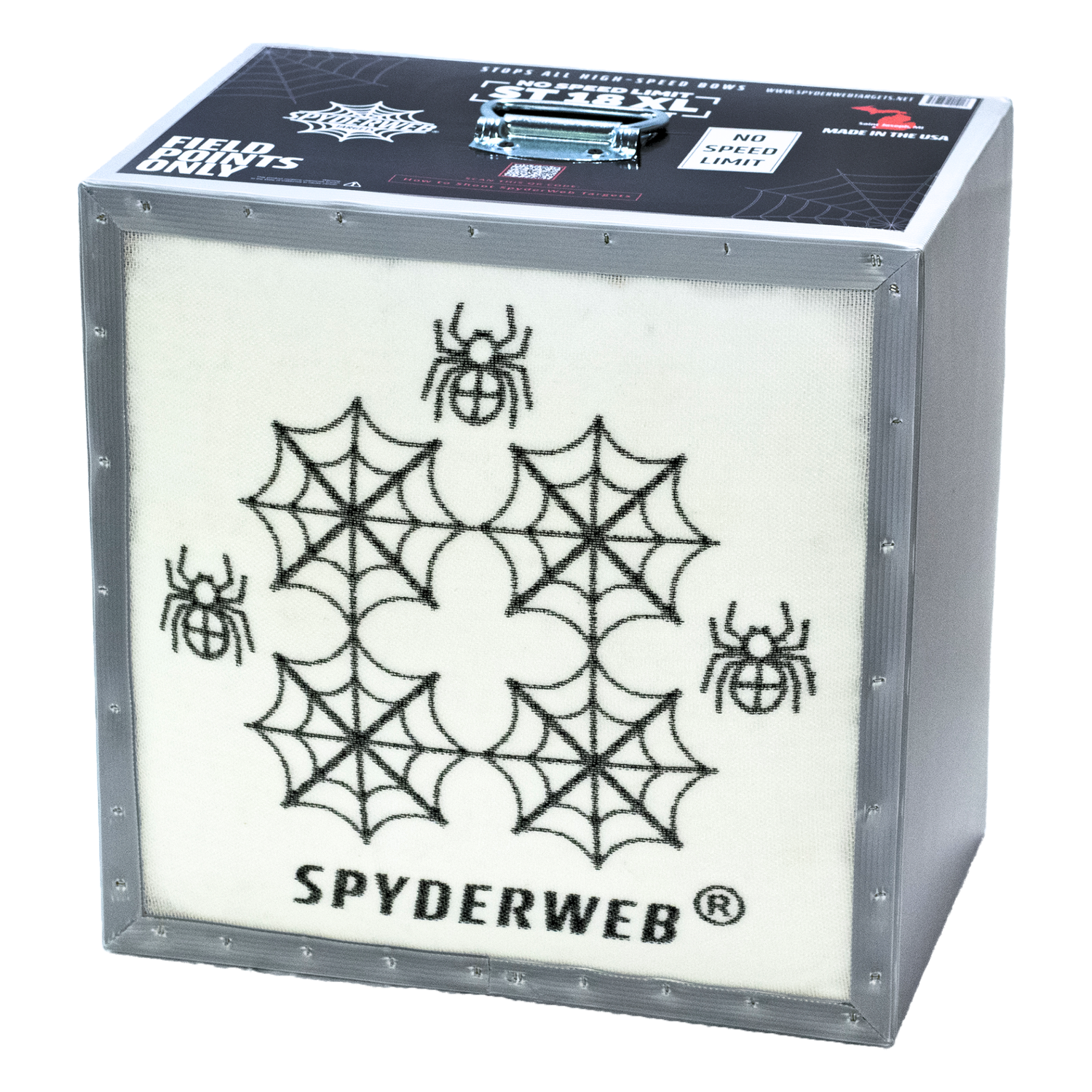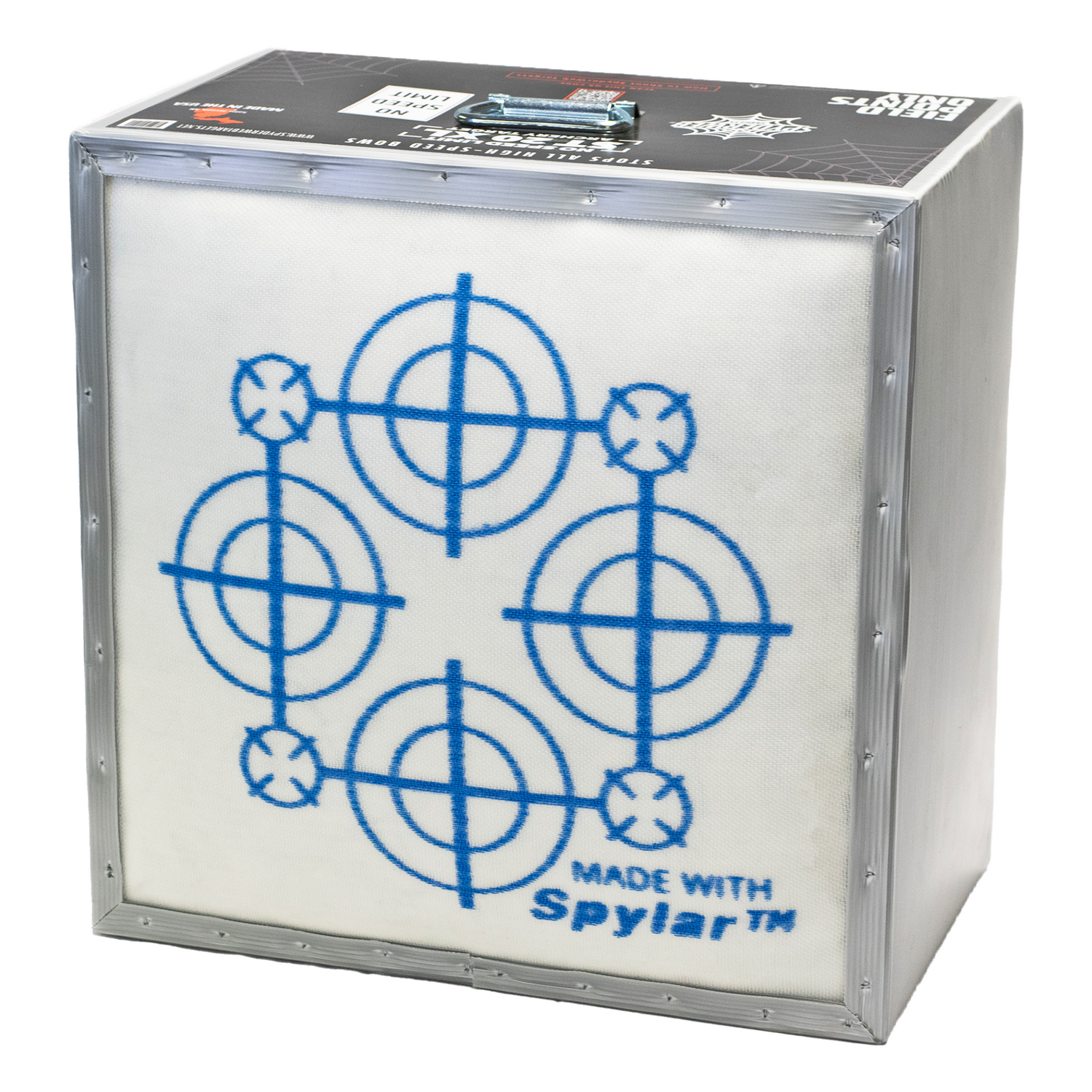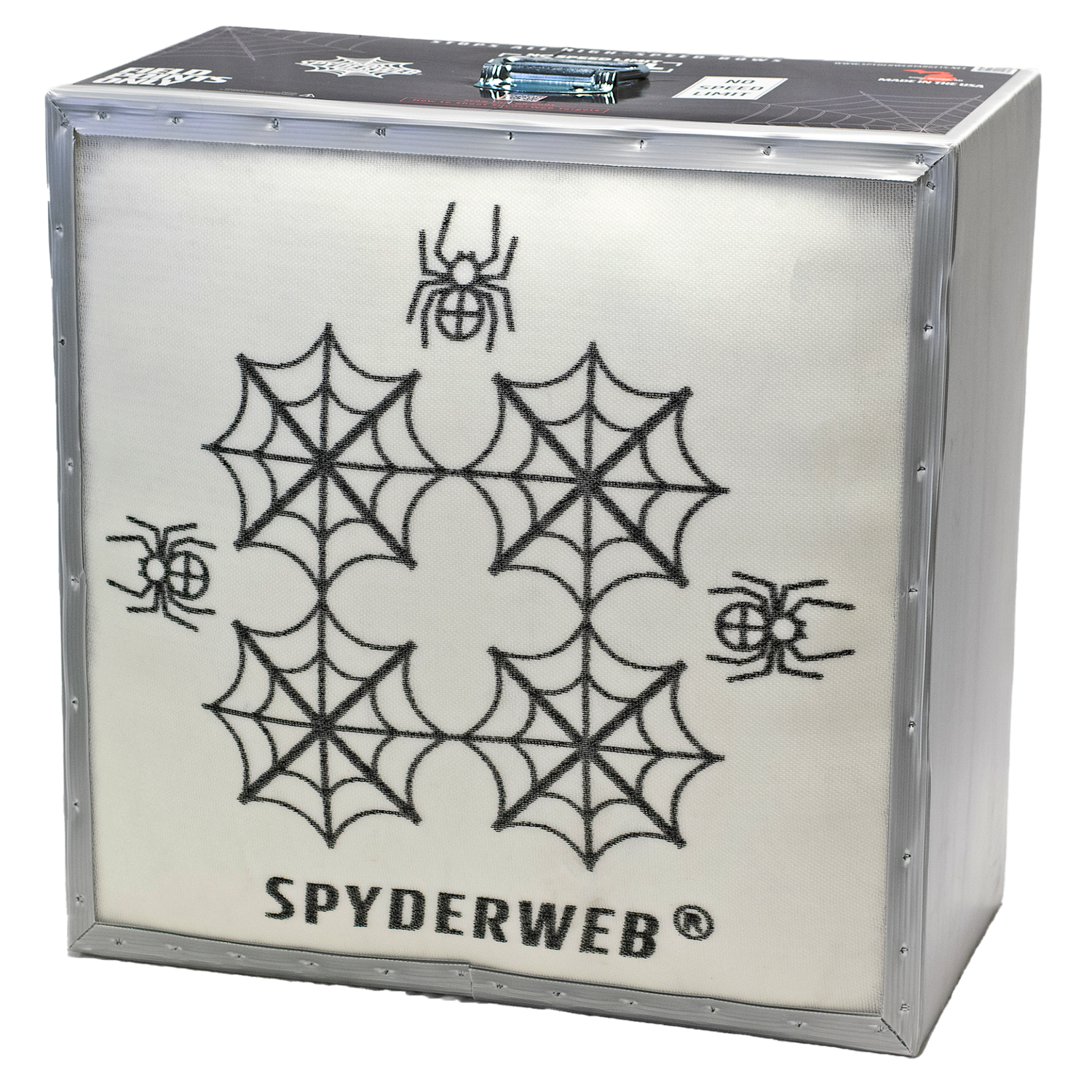NO SPEED LIMIT
What does No Speed Limit really mean?
Since 2018, we have officially offered our series of archery targets with no speed restrictions — targets that are built to handle anything you can throw at them. This wasn’t a claim that we made lightly. It came after years of rigorous testing with the fastest bows, and fastest arrows on the planet.
We tested with speed. Then we tested with more speed. Then we broke the rules. The top speed? A blistering 700 feet per second, fired from an AirBow. We wanted to establish stopping power, without compromising the integrity of our mind blowing easy arrow-pull. So penetration was of course, a big priority for us. We wanted to ensure shooters that they will be able to shoot without worrying about ruining their arrows. The results spoke for themselves — the 'XL' series performed with an elite-level strength to stop every arrow, combined with an effortless arrow removal. That’s how No Speed Limit was born. So when we stamp No Speed Limit on these targets, we mean it. There is no speed that is too fast. Even today, no arrow speed has come close to pushing these targets beyond their limits.




